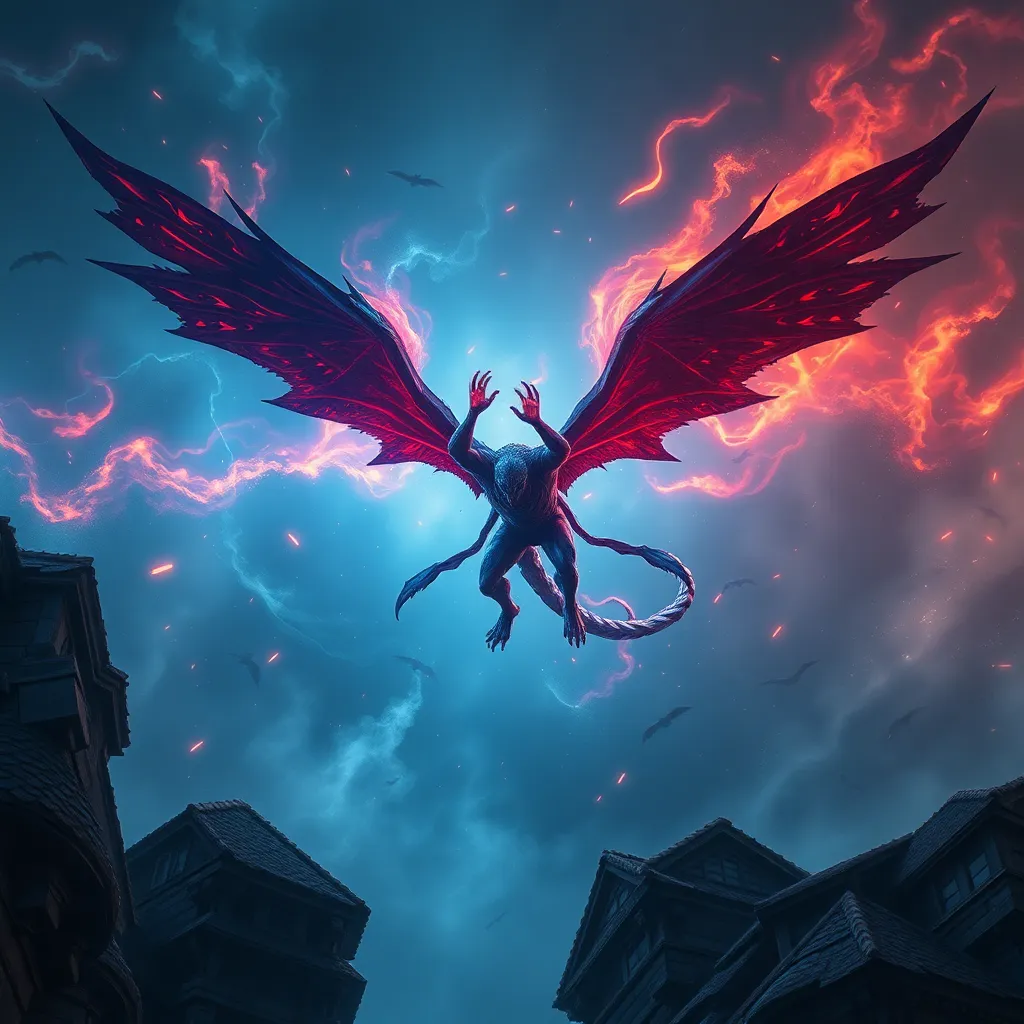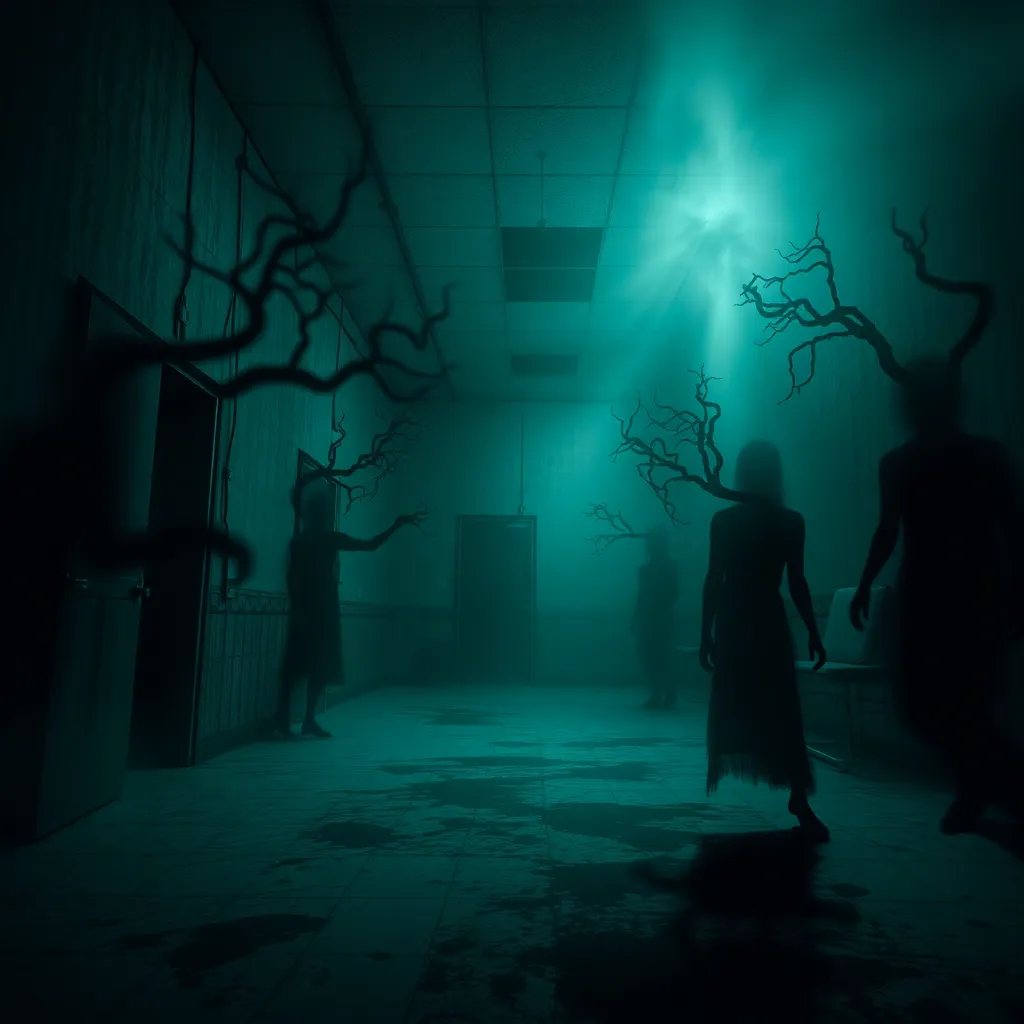When Objects Fly: The Furious Spirits of Slavic Mythology
I. Introduction
Slavic mythology is a rich tapestry woven from the beliefs, traditions, and stories of the various Slavic peoples. It encompasses a wide array of deities, spirits, and mythical creatures that reflect the natural world, human emotions, and the mysteries of life and death. Among its many fascinating aspects are the flying objects and spirits that populate the folklore, representing a connection between the earthly realm and the celestial.
This article explores the significance of flying entities in Slavic mythology, shedding light on how these concepts resonate with the cultural identity and spiritual beliefs of the Slavic people.
II. The Role of Nature in Slavic Mythology
Nature plays a pivotal role in Slavic mythology, serving as both a backdrop and a character in its stories. The vast forests, rivers, and skies are not merely settings; they are imbued with spiritual significance, influencing the beliefs and practices of the people.
In Slavic folklore, natural elements are often anthropomorphized, giving rise to various spirits associated with these features:
- Forests: Home to many mystical beings, including the Leshy, a forest spirit who protects wildlife and can lead travelers astray.
- Rivers: Associated with the Rusalka, water nymphs known for their beauty and tragic fates.
- Skies: The realm of the Perun, the thunder god, symbolizing power and authority.
This intimate relationship between nature and mythology shapes the understanding of flying objects, as the sky is often seen as a bridge to the divine or the otherworldly.
III. Key Flying Spirits in Slavic Folklore
Several prominent spirits are associated with flight in Slavic folklore, each embodying unique characteristics and narratives:
- Rusalka: Often depicted as a beautiful maiden who perished tragically, the Rusalka is known for her enchanting songs that lure men to their doom. She embodies the duality of beauty and danger.
- Domovoi: A household spirit, the Domovoi is typically invisible but can manifest in various ways. Although not a traditional flying spirit, his presence can influence the household dynamics, often seen riding the winds when angered.
- Leshy: The guardian of the forest, the Leshy can change size and shape, often appearing as a tall man or a tree. He is known for his mischievous nature and can lead travelers off course, symbolizing the unpredictable aspects of nature.
These spirits illustrate the diverse representations of flight and the supernatural in Slavic mythology, often marking a boundary between the human and the divine.
IV. Symbolism of Flight in Slavic Myths
Flight in Slavic culture carries profound symbolism, encompassing ideas of freedom, transformation, and danger. It reflects the dual nature of existence:
- Freedom: The ability to fly represents liberation from earthly constraints, embodying the human desire to transcend limitations.
- Transformation: Many myths involve beings that change forms or take to the skies, symbolizing personal growth and evolution.
- Danger: The presence of malevolent flying entities serves as a reminder of the potential perils lurking in both nature and the spiritual realm.
This duality highlights the complexity of Slavic beliefs, where flight can signify both aspiration and threat, reflecting the uncertainties of life.
V. Folktales and Legends Featuring Aerial Phenomena
Numerous folktales and legends illustrate the significance of flying spirits and objects in Slavic mythology. These narratives often contain moral lessons and cultural insights:
- The Flying Ship: A tale of a young man who builds a magical flying ship, representing ingenuity and the pursuit of dreams.
- The Rusalka’s Lament: A story of love and betrayal, where the Rusalka’s haunting song serves as a warning against the consequences of unfaithfulness.
- The Leshy’s Trick: A narrative that teaches respect for nature, where a traveler learns the importance of humility and understanding the forest’s guardian.
These tales serve as cautionary stories, imparting wisdom while enchanting listeners with their imaginative elements.
VI. Rituals and Practices Related to Flying Spirits
To navigate the complex relationship with flying spirits, traditional Slavic cultures engaged in various rituals and practices aimed at appeasing or invoking these entities:
- Offerings: People would leave offerings at the rivers or in the forests, such as bread or flowers, to honor the spirits and seek their favor.
- Seasonal Festivals: Celebrations like Kupala Night involve rituals connected to water spirits and the summer solstice, emphasizing the connection to nature and the divine.
- Divination Practices: Some rituals included asking for guidance from the spirits, especially during significant life events or changes.
These practices reflect the integral role of spirituality in daily life, demonstrating reverence for the forces that govern nature and existence.
VII. Modern Interpretations and Adaptations
In contemporary times, the interest in Slavic mythology has surged, reflected in literature, art, and media. Modern interpretations often revisit ancient themes, reimagining them for new audiences:
- Literature: Authors like Naomi Novik and Katherine Arden draw inspiration from Slavic folklore, weaving elements of magic and myth into their narratives.
- Art: Visual artists explore themes of flight and nature, creating pieces that evoke the mystical aspects of Slavic spirits.
- Media: Films and video games increasingly incorporate Slavic myths, introducing characters like the Rusalka and Leshy to a global audience.
This resurgence highlights the timeless appeal of these myths and their ability to adapt to contemporary cultural contexts.
VIII. Conclusion
Flying spirits in Slavic mythology represent a vital aspect of the cultural heritage, symbolizing the interplay between nature, spirituality, and human experience. Through the exploration of these entities, we gain insight into the values, fears, and aspirations of the Slavic peoples.
As these ancient beliefs continue to resonate in modern storytelling and cultural expressions, they remind us of the enduring power of myth to connect us to our roots and to the mysteries of the world around us.




